Search
Search Results
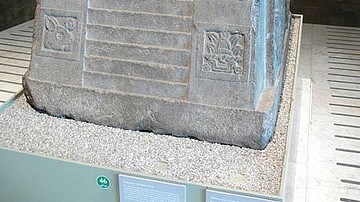
Article
Throne of Montezuma
The magnificent stone monument variously referred to as the Monument of Sacred War, the Teocalli of Sacred War, the Temple Stone or, more simply, the throne of Motecuhzoma II (Montezuma), the Aztec king (tlatoani) who ruled at the time of...
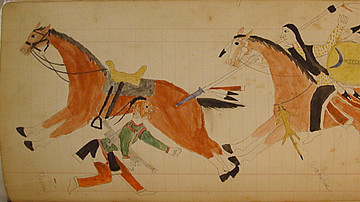
Article
Falling Star
Falling Star is a Cheyenne tale of the great hero Hotoketana'ohtse ("Falling Star") who came from the heavens to stand up for those who could not defend themselves, slay monsters, and save the people from starvation. The hero-from-heaven...

Article
The Norse in America: Fact and Fiction
The idea that it was the Norse who discovered America first emerged in the late 18th century, long before there was any public awareness of the sagas on which such claims were based. In the course of the 19th century, evidence for a Norse...
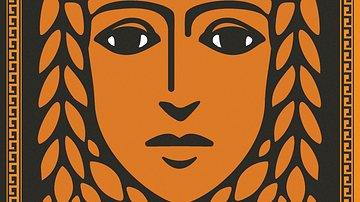
Interview
Interview: Circe by Madeline Miller
Award-winning writer Madeline Miller's newest novel, Circe, tells the story of a sorceress who was once the onetime lover of the wily Odysseus. The heart of the novel is, nonetheless, that of a woman's yearning for self-discovery, purpose...
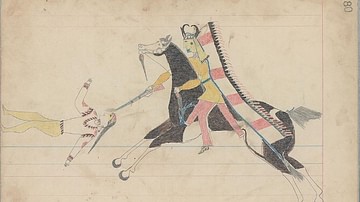
Article
The Medicine Arrows and the Sacred Hat
The Medicine Arrows and the Sacred Hat is a short essay by anthropologist George Bird Grinnell (l. 1849-1938) explaining the origin and significance of the medicine arrows and buffalo hat, central to Cheyenne culture. The essay provides a...
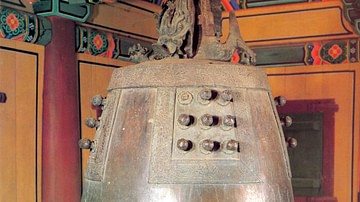
Article
The Bronze Bells of Ancient Korea
The metalworkers of ancient Korea were highly skilled artists and some of their finest surviving works are the large bronze bells cast for use in Buddhist temples and monasteries. Both the Unified Silla kingdom and Goryeo kingdom produced...
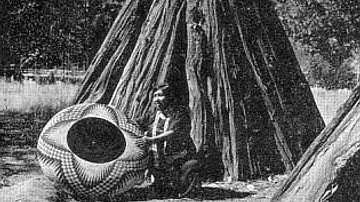
Article
Uʻtlûñ′tă, the Spear-Finger
Uʻtlûñ′tă, the Spear-Finger is a legend of the Cherokee nation, defined as a wonder story – a tale involving a supernatural entity – in which higher powers contend with each other or mortals must navigate the supernatural world or defend...

Article
Plato: The Name and The Poet
Plato (l. c. 424/423 to 348/347 BCE), the Greek philosopher whose works have significantly shaped Western thought and religion, is said to have initially been a poet and playwright and, even if the primary source of this claim (the often...
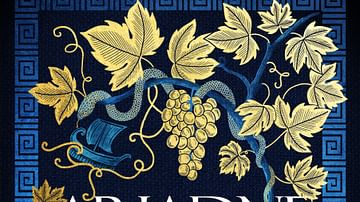
Interview
Interview: Ariadne by Jennifer Saint
World History Encyclopedia is joined by Jennifer Saint, who is going to tell us all about her debut novel Ariadne. Kelly (WHE): Do you want to tell us a little bit about the book? Jennifer Saint (author): The book is a retelling of the...

Video
The Odyssey Summarised - Context, Themes and Importance
The Odyssey is the second epic poem, following the Iliad, attributed to the ancient Greek poet Homer, a poem both epic in length and in content with the Hero Odysseus facing numerous monsters, goddesses, and even a trip to the underworld...